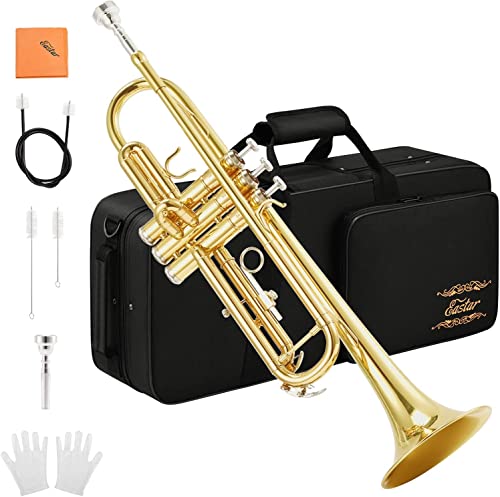Proper Technique for Holding a Trumpet
Learning how to hold a trumpet correctly is essential to producing beautiful sounds and avoiding injury. Here are some tips to ensure that you hold your trumpet correctly:
Position the Trumpet in Front of Your Mouth
Hold your trumpet in front of your mouth with the valve casing tilted towards the ceiling. This position helps in controlling the air and directing it into the instrument. Make sure that the mouthpiece is placed centrally, and the lead pipe (the long tube that connects to the mouthpiece) is at a comfortable distance.
Grip the Valve Casings Lightly
Keep a light grip on the valve casings with your left hand. This hand should support the weight of the instrument and is responsible for maneuvering the valves. Gripping the valve casings too tightly can affect your precision and speed.
Keep Your Right Hand Free
Your right hand should remain free to operate the trumpet’s valves. To maintain proper posture, curl your fingers together and place them on top of the valve casing. Additionally, make sure that both your elbows are bent at a comfortable angle, not too high or too low.
Use a Comfortable Strap
The trumpeter’s left-hand holds the trumpet, but it is essential to avoid putting too much strain on your arms and shoulders. A comfortable strap helps you balance the instrument between both hands and avoid any undue stress. Try different types of straps to ensure that you settle for one that is most comfortable.
Holding a trumpet correctly takes time, practice, and patience to get it right. But with a little care and attention, you can prevent discomfort, injury, and enjoy beautiful music every time you play your trumpet.






